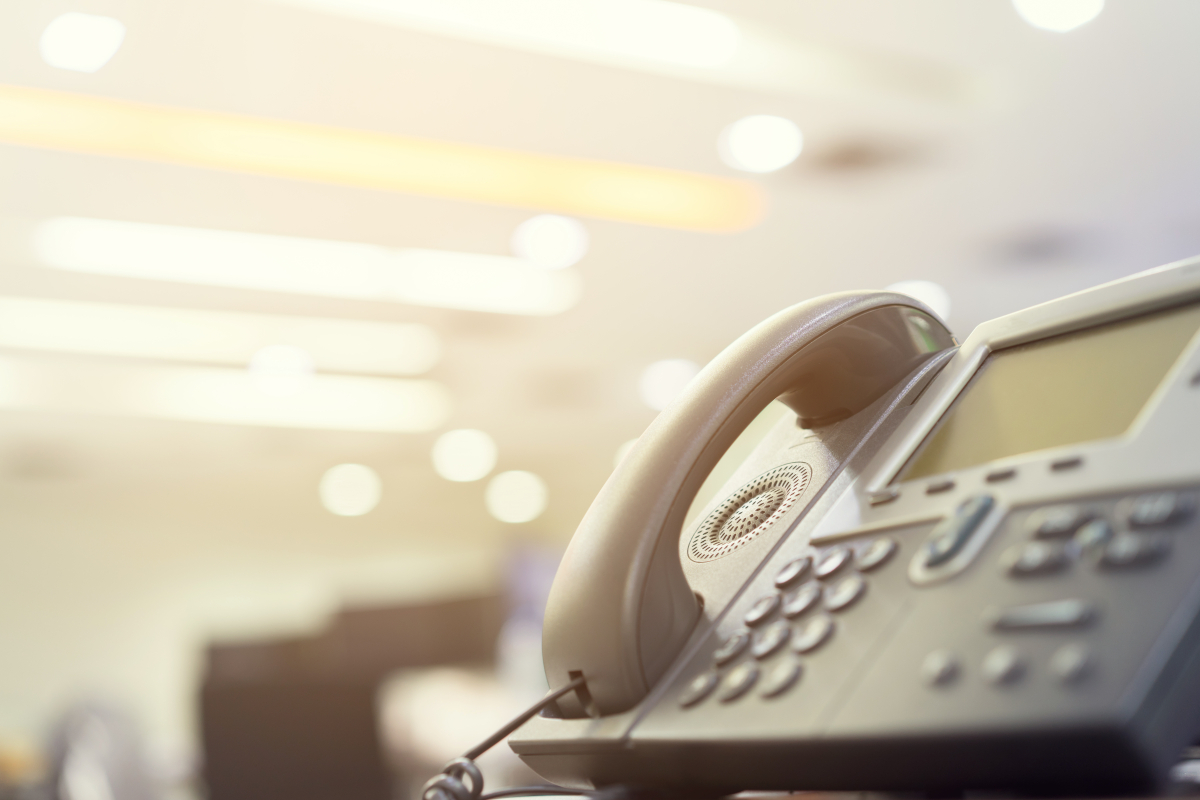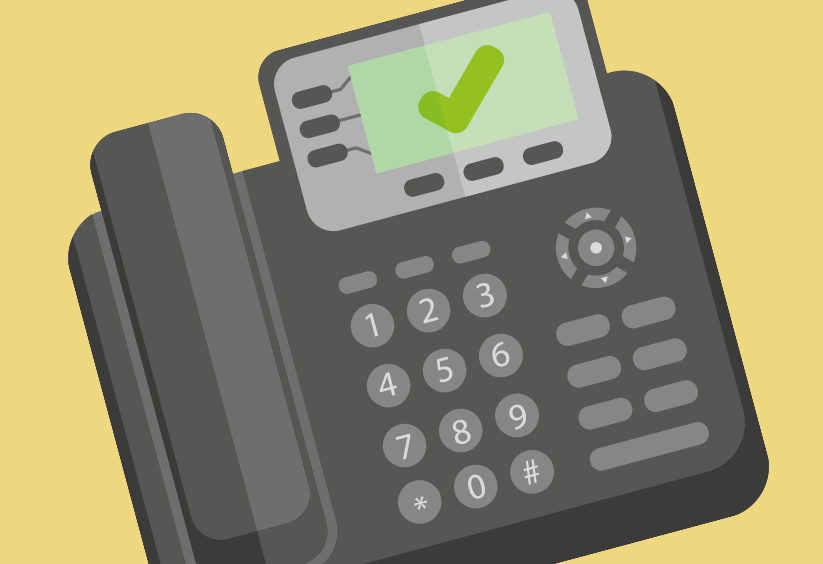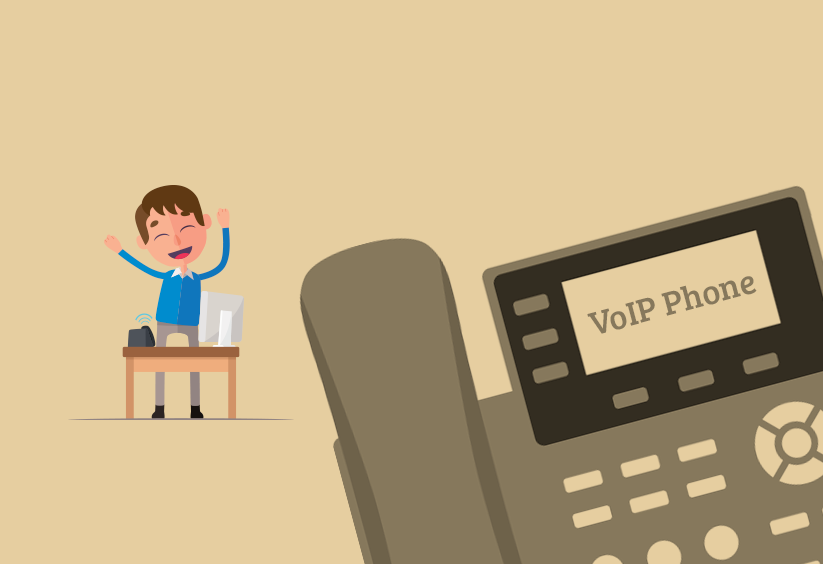Cart Total
$0.00
-
Your shopping cart is empty
Loading

Hello! Log in Your Account
New customer? Start here


|
6 min read
Contents
Quick Summary
Learn how to setup a VoIP phone in a 5 minute video breaking down the stages.
Cloud communications systems are the future. BT have stated that both ISDN and PSTN (traditional telephone lines) will be phased out by 2025 and, with new reports stating that they will be stopping sales of the same this year, there soon will be no other option. With better quality audio at a lower cost than traditional telephone lines, making the switch to a reputable VoIP phone system would be an easy decision even if traditional methods were not being phased out.
With a VoIP provider like Yay.com, you can get started using the Internet to make calls without any new hardware. Just download our VoIP apps and sign up for a free VoIP trial account to get started right away.
However, if you’d like to use a dedicated device for making calls over the Internet, you’ll need to configure a VoIP desk phone.
Here we’ll be using a Grandstream GXP1625, but the configuration is much the same regardless of your make and model, so follow along with the video embedded on this page for a detailed overview of the steps and refer to our model-specific FAQs for help with the particulars.
The process is the same regardless of whether you’re setting up your VoIP phone at home or in the office.
If you'd like to learn more about VoIP as a technology and how it works, check out our full guide: What is VoIP?
Most modern VoIP phones are PoE, meaning they can be powered via their ethernet cable. Depending on the device or outlet you plug your ethernet cable into at the other end, however, the phone may not actually receive power. This comes down to whether or not the device you’re plugging into offers PoE itself.
Home users, in particular, will want to be aware of this and, if unsure, should use the power adaptor supplied with their VoIP phone.
Many cheaper routers, especially those intended for home users, do not handle VoIP traffic very well. That doesn’t mean they can’t, but various default settings in the router can cause more problems than they solve. One such setting is called SIP ALG. In almost all cases, SIP ALG will cause issues with your VoIP calls. If your VoIP phone is on and functioning, but you’re having issues with your calls, log into your router and look for the SIP ALG setting.
If you’re encountering any other issues post-setup, check out our post on how to solve your VoIP phone issues.
There are a number of prerequisites for getting your VoIP Phone set up. Firstly, you’ll need the phone itself, which hopefully is a given. Second, you’ll need a wired ethernet connection. For home users, this will usually mean plugging straight into your router, or into an ethernet outlet in the wall. Business users are more likely to want to use a PoE switch.
Somewhat confusing to some users is that you’ll also need an active subscription to, or contract with, a VoIP service provider in order to use your VoIP phone. An IP phone won’t just work out of the box by plugging it into an ethernet outlet. Just like you need a phone service provider to use an analogue phone, you’ll need a VoIP service provider to use a VoIP phone.
The confusion typically stems from the fact that to use an analogue phone, you would historically have an engineer from the phone company come and install a line. You might think that, since you already have internet access, your VoIP ‘lines’ are already installed. This is not the case, though, as VoIP lines are virtual and come at extra cost.
Whilst you can contact your existing telecoms provider to enquire into their VoIP offerings, you’ll save yourself money and receive better service when you use a provider like Yay.com that specialises in VoIP phone systems.
That’s it and, if it sounds simple, it’s because it is! With a VoIP phone system, working from anywhere should be a breeze. Just remember that, since you’re making and taking calls over the internet, any issues are likely with your internet connection (once it’s confirmed that your devices have been set up correctly, of course).
If you’re finding that, unhappily, your network’s hardware isn’t up to the task of supporting a full-time business user, you’ll want to get hardware that is. We sell everything from VoIP phones to network switches and WiFi access points, so have everything you need to effectively upgrade your home or office network to be business ready.


From side-hustles to career changes, discover small business inspiration and ideas for you to explore this year.
Posted February 19 2025 | 7 min

What should you look for when purchasing a VoIP phone? We give you tips on common considerations when pairing VoIP phones with a VoIP service.
Revised June 15 2022 | 5 min

Working from home with a VoIP Phone System should be a breeze. Here's how to fix the five most common VoIP issues
Revised December 8 2021 | 8 min

Introducing BYOD or Bring Your Own Device policies to your business can help enhance your business and bring increased flexibility and satisfaction to your workforce.
Posted February 6 2019 | 7 min

Discover the uses and benefits of using Power over Ethernet (PoE) in your Hosted VoIP network and beyond.
Posted October 6 2017 | 4 min

Learn about DECT phones and the benefits of using a VoIP compatible DECT phone with a hosted VoIP service to great effect for your business calls.
Posted July 7 2017 | 3 min

Find out what ringback tones do and how they're made by your VoIP provider for your phone system.
Posted February 16 2017 | 4 min

Find out about the differences between analogue and VoIP phones, including the advantages of VoIP.
Posted January 26 2017 | 3 min